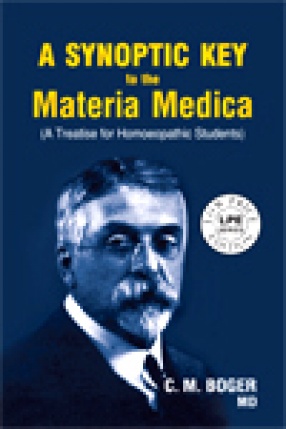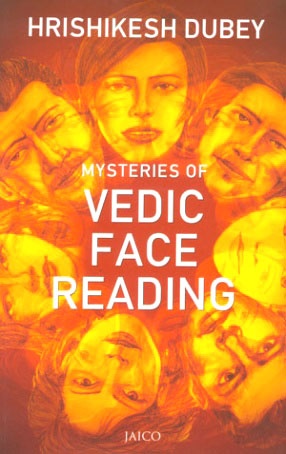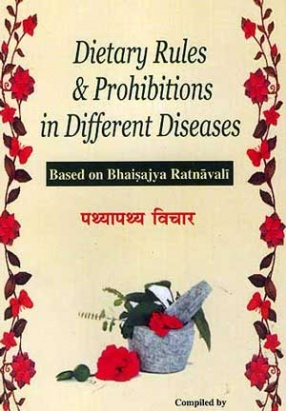This book is in real sense a key to homeopathic materia medica. Something which is useful for bedside as well as for quick revision.
The book is divided into three parts:
1) A 90 page repertory
2) A 230 page Materia Medica which is laid out in physiological spheres of activities with modalities and relationships
3) 100 page section of 4 appendices
It has a fascinating layout and concept. Each of the 323 remedies is presented in concise and clear words. In Boger’s layout you can easily see which remedy affects which specific part of the body. Here, at a glance, this all is available. This book intends to make the general expression or genius of each remedy, thereby helping the prescriber correct the manner of his practice.
The repertory is too instructive in its own way and many hints can be gleaned from its unusual layout. It also includes the ‘supplemental reference table.
The repertory section is divided into four categories:
a) The periods of aggravation (times)
b) Conditions of aggravation and amelioration
c) Generalities (sensations and general conditions)
d) Regional repertory (parts of the body affected)
ABOUT THE AUTHOR Boger Cyrus Maxwell
Cyrus Maxwell Boger was born on May 13, 1861 in western Pennsylvania, the son of Cyrus and Isabelle Maxwell Boger. He received his elementary education in the public schools of Lebanon, Pa., then graduated in pharmacy from the Philadelphia College of Pharmacy and later in medicine from Hahnemann Medical College of Philadelphia. He settled in Parkersburg, W. Va., in 1888 where a long and very large practise was his, patients consulting him from neighboring states and from distant states and countries. His ambition was to devote all his time to teaching and writing but he never reached the point of giving up his practise. However, he frequently lectured before scientific audiences at the Pulte Medical College in Cincinnati and was a teacher of philosophy, materia medica, and repertory study in the American Foundation for Homoeopathy Postgraduate School from 1924 until his death. Boger, who was a german scholar, brought Bœnninghausen's Characteristics and Repertory into the English Language in 1905. He was married three times. A daughter of the first marriage died quite young. The second marriage brought him four sons and five daughters. His third wife, Anna M. Boger, was his secretary and constant helper. He died on September 2, 1935, aged 74, from food-poisoning after eating a tin of home-preserved tomatoes. He was a devoted follower of the Boenninghausen method of a repertory study, as all his published works show.





There are no reviews yet.